The island's many ancient monuments provide a fascinating insight into the history of Cyprus.
Nicosia
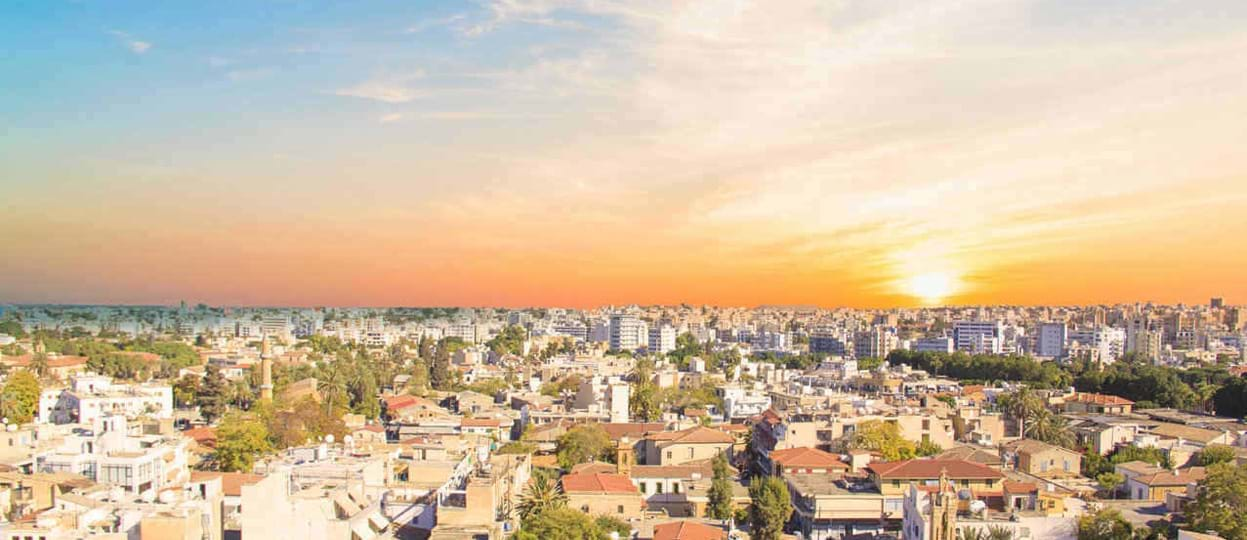
The walled city of Nicosia has much to offer and it is well worth taking the time to stroll through the atmospheric inner city. Bear in mind of course that the city is divided and you will have to pass through the Green Line if you wish to visit the northern side. The moat of the city now contain gardens and recreation areas. The House of the Dragoman on Patriarch Gregorios Street is a fine example of urban Ottoman Architecture that is open to visitors. There is the Archbishops Palace, which is easy to spot with its large statue to Archbishop Makarios outside, and the associated Byzantine and Folk Art Museums. Also just outside the city walls close to the Paphos Gate is the Cyprus Museum with its wonderful collection of Cypriot antiquities from all over the island.
The Famagusta Gate is the most impressive of the old Venetian Gates. The central zone near the Green Line preserves some wonderful buildings. Some have been restored but others, such as this one, preserve there beauty despite their dilapidated facades.
Kition
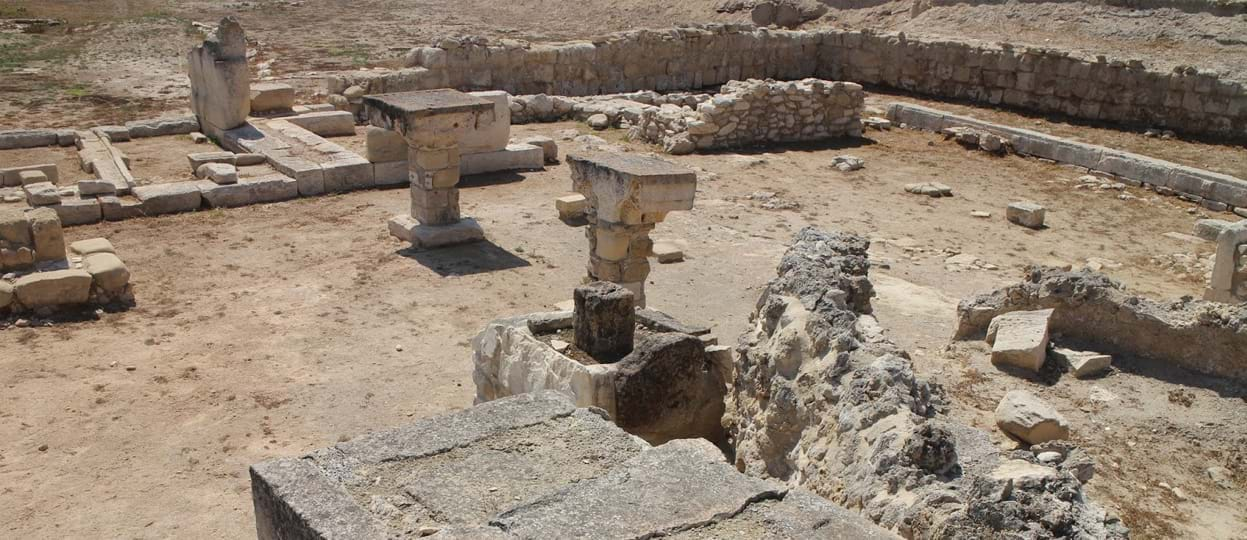
Much of the modern city of Larnaca has been built over the ancient city of Kition that dates back to the Bronze Age. These remains have been excvated at a number of points in the city and are still visible. Close to the District Museum, is the Ancient Acroplois whilst ot the north west there are two further areas. As well as visiting the District Museum, the private Perdies Collection Museum is also highly recommended. Kition, the ancient city underlying the modern town of Larnaca. Restored Late Bronze Age giant pithoi outside Larnaca Museum.
Kalavasos

Kalavasos is a village in the Larnaca District of Cyprus, located 6 km north of Zygi. In its vicinity, there are copper mines. The name is reputed to mean beautiful wooded valley in old Greek. It is built upon the west bank of the Vasilikos river, at an average altitude of 80 meters.
The Kalavasos settlement was in existence during the Mediaeval era under the same name and is marked in old maps under the name Calavaso and Calavato.
Amathus
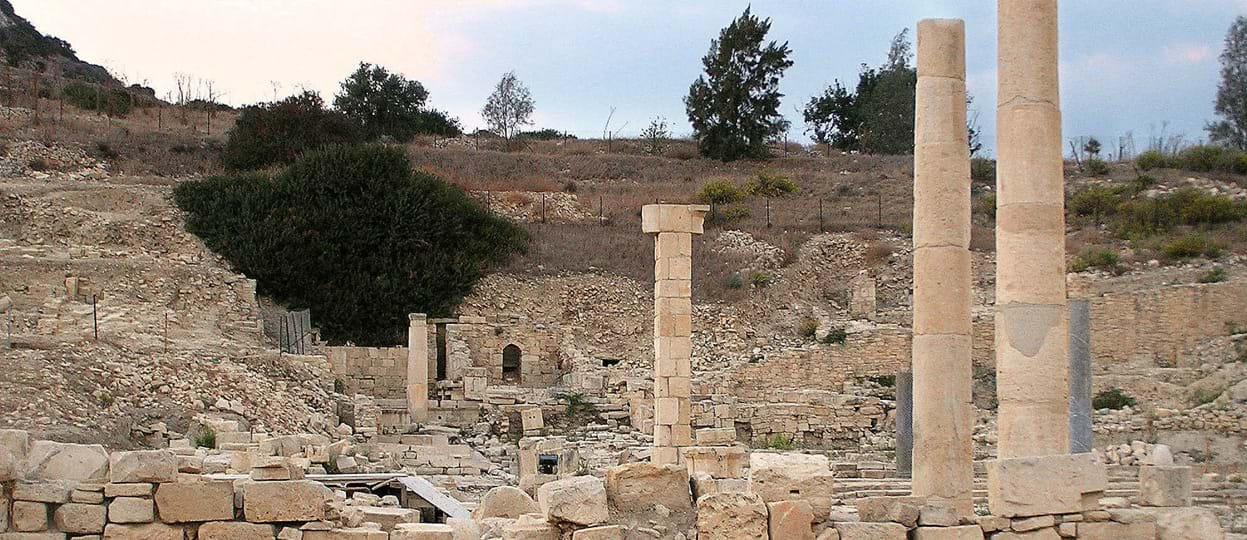
The “Amathunta” or “Amathus” archaeological site is located 11km east of the Limassol city centre and is considered one of the most important ancient and historical sites of cyprus. It is considered a UNESCO World Heritage site and it dates back to 1100BC. These crumbling ruins set on a hill on the eastside of Limassol, and include an agora (marketplace), a temple complex, excavated houses and the remains of the city’s water system. The various attractions of the archaeological site also include the tombs dating back to the early Iron Age period of Graeco-Phoenician and the Temple of Aphrodite.
Kourion
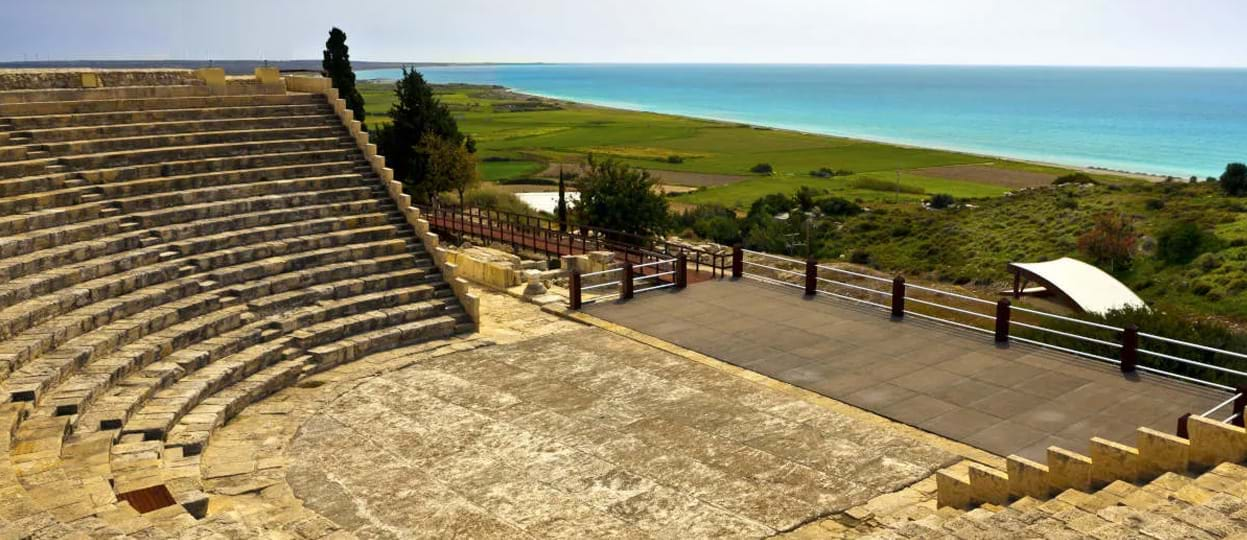
The archaeological remains of Kourion - which was one of the island’s most important city-kingdoms in antiquity - are of the most impressive on the island, and excavations have unearthed many significant finds, which can be viewed at the site.
The city-kingdom was built on the hills of the area, and overlooked and controlled the fertile valley of the river Kouris. According to archaeological finds, evidence suggests that Kourion was associated with the Greek legend of Argos of Peloponnese, and that its inhabitants believed they were descendents of Argean immigrants. The once-flourishing kingdom was eventually destroyed in a severe earthquake in 365 AD.
The magnificent Greco-Roman theatre - the site’s centrepiece - was built in the 2nd century BC and extended in the 2nd century AD. The theatre has been restored, and is now used for open-air musical and theatrical performances - mainly during the summer months - making it one of the most popular settings for high-calibre cultural events.
East of the theatre are the remains of a prominent building, the ‘House of Eustolios’, which was originally a private villa that was turned into a public recreation centre during the Early Christian period.
Paphos
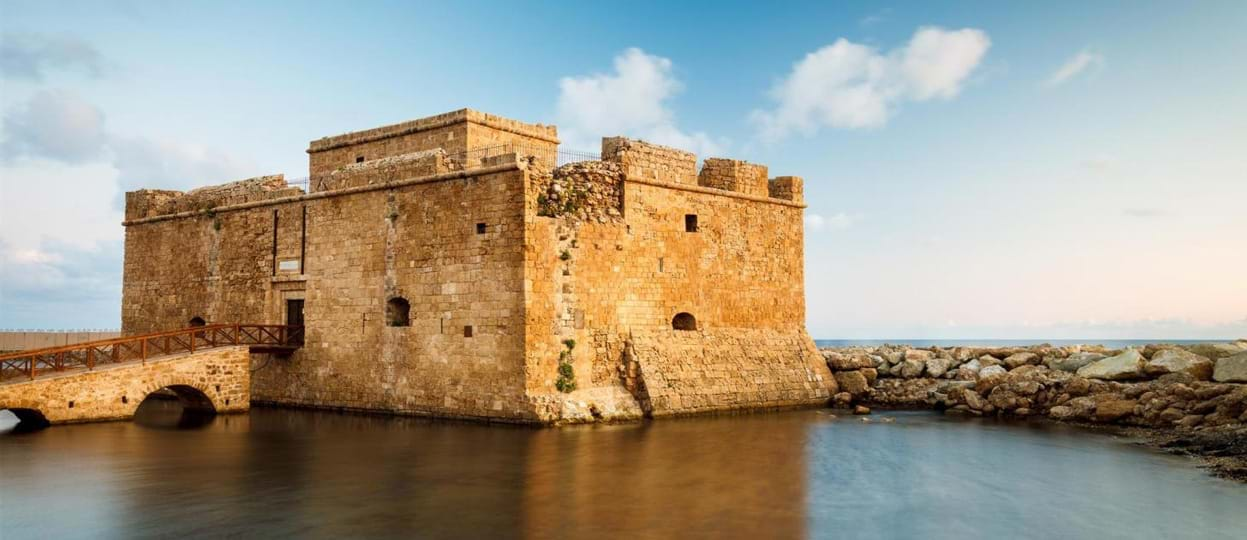
Various castles in the island of Cyprus are evidence of the conquerors. In Kyrenia there are four castles, Kyrenia Castle, Kantara Castle, St. Hilarion Castle and Buffanvento Castle. These Castles are forbidden to Greek-Cypriots to visit ,since 37% of Cyprus is under Turkish occupation. There are three castles in the Greek section of Cyprus, Limassol Castle, Kolossi Castle and Pafos Castle.